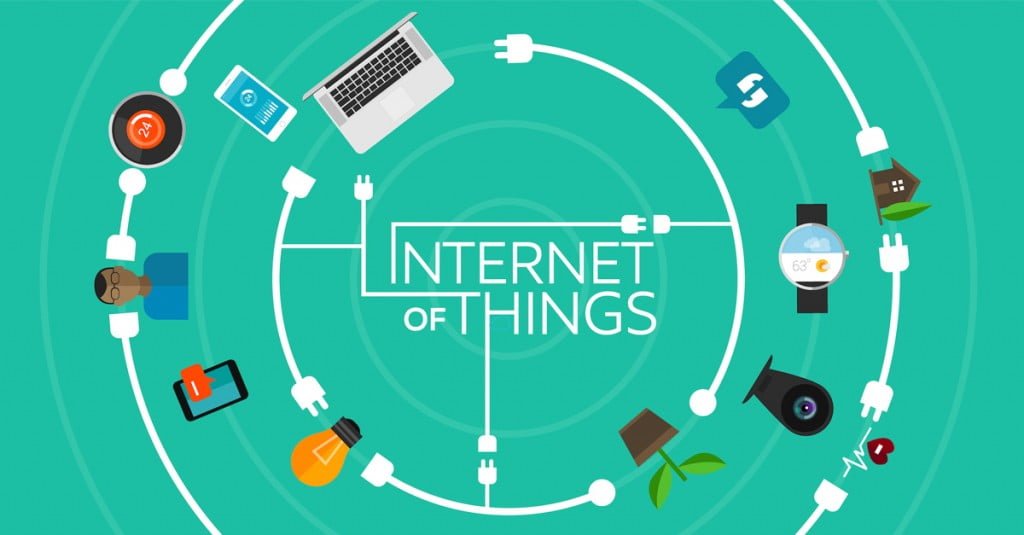The Internet of Things (IOT) is the combination of two elements: Internet and things. Internet is intangible, while things are physical. By the help of modern technology these two different elements have been assembled for a smarter future.
Think of a toothbrush that gives you a report of how many germs are still there in your mouth, or inspect the condition of your gums as you brush! Sounds like a scene from a science fiction? Well, the reality now is smarter than fiction. Thanks to the IOT, we are entering into a world where each of our devices will act as a consultant, paving the way for a better and smarter life.
We are already familiar with smart devices. Though it seems to be an exciting technology, the concept of smart devices saw its seed back in 1982. In that year the Carnegie Mellon University invented the first coke machine connected with the Internet. In the year 1994, Reza Raji invented the concept of moving small packets of data to a large set of nodes, so as to automate everything from a small device to a large factory. In 1999, the idea of IOT became popular for the first time through the Auto-ID center at MIT and related market-analysis publications. Radio Frequency Identification (RPID) paved the way for the modern IOT.
Internet of things is a system in which devices receive data from the server, process it, and then perform independently. The IOT is the medium for the machine to machine (M2M) communication without any human intervention. This technology is not limited in any specific field. Experts believe that the IOT is the next big thing in human history that will change the shape of our life.
IOT is far more developed and advanced than any smart device we use today. Smart devices are not fully self-operative, while the IOT devices are. They are equipped to take intelligent decision. Sometimes, these devices alert the users what they should do by analyzing the user behavior and comparing it with the database.
Now-a-days, people are racing against time. IOT will make the lifestyle of the people faster and more accurate. These devices perform what the user wants.
Researches show that over 30 billion devices from different fields will be wirelessly joined to the Internet of Things by the year 2020. Already, the IOT has touched various fields of civilization. In case of building and home automation, these devices are used to monitor and control the lighting, heating, ventilation, and industrial or home automation systems. Thanks to the IOT, the lights are switched on upon entering, the water starts flowing at the time of washing hand.
IOT saves our time, labor, and even energy consumption. In the medical field, pacemakers and other life supporting machines are being connected with the Internet. Being ultra smart, these devices not only spread awareness about health, they also inform the users what they should do to stay healthy. The IOT is also transforming the transportation systems. Modern cars stop automatically to prevent accident. IOT has also enabled cars to detect where their owners are and get to that place to pick them up.
Gone are the days of the laptops and the smart phones. A new era is emerging before us with a new promise—the promise of being connected to a smarter, more intelligent network. The IOT is here. We can now hope to live in the cloud of network.










